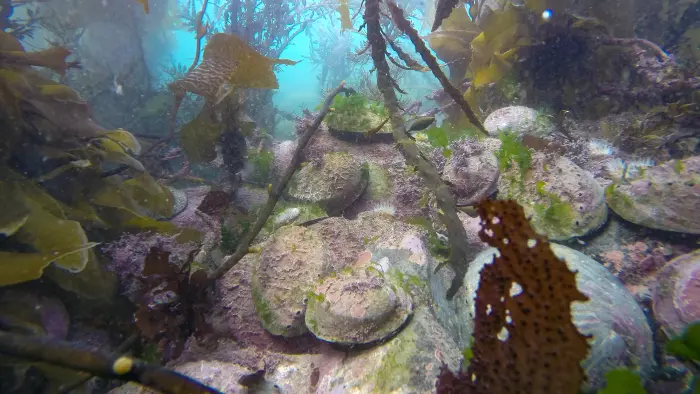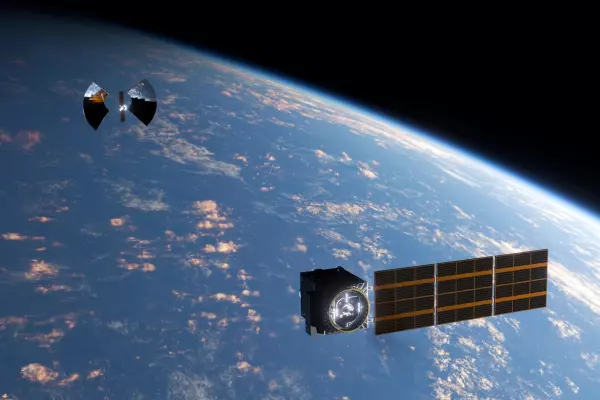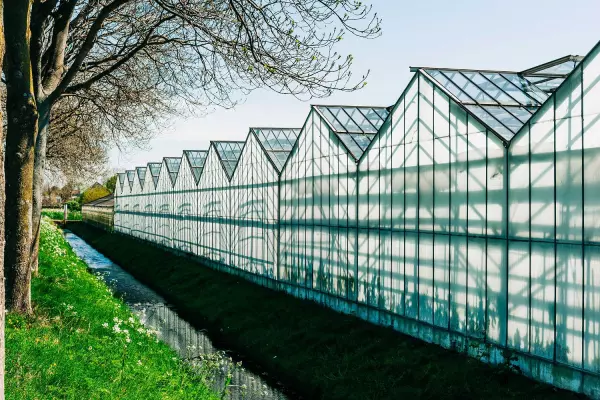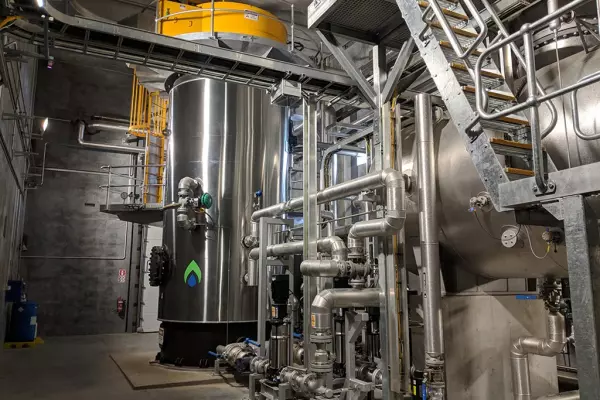The seafood industry’s biggest lender is moving from financing fisheries to joining its research projects, in a bid to improve risk analysis.
The ANZ is banker to 60% of the seafood industry and is part of a project developing a risk model for New Zealand’s pāua industry.
Like other banks, it will need to report its exposure to climate-related risks from next year.
Along with the National Institute of Water and Atmospheric Research (Niwa), the Pāua Industry Council, consultants Terra Moana and Māori quota owners, the bank is a fully-fledged member of the research team.
The project is funded by the Sustainable Seas National Science Challenge.
According to the Ministry for Primary Industries (MPI) the sector is on track to export nearly $2 billion of produce in 2022.
Like any bank, ANZ needs to evaluate risks when lending money. The project, known as “Upholding the value of pāua quota” aims to improve the knowledge of climate-related risks to the pāua industry.
ANZ head of sustainable finance Dean Spicer said although annual pāua exports were worth around $50 million, which was just a small slice of the fishing and aquaculture industry, pāua also had strong cultural values for Māori and the wider population.
The research project would be a pilot showing the way ahead for the wider industry, as the climate changed, oceans warmed and waters became murkier, he said.
It's being carried out in areas in Hawke's Bay, the Wairarapa and Manawatū-Whanganui.
“I think why this particular study is important is because the ability of the pāua to move as their habitat changes is obviously limited physically,” Spicer said.
The research aimed to capture data that could help with managing pāua quotas and better predict the allowable catch.
“We were fortunate to be asked to come in and bring that financial lens to it. We do have an interest in trying to understand ourselves the impacts of nature on the quota values,” Spicer said.
Another factor was the need to adapt to the needs of major export markets, he said.
"The New Zealand-EU free-trade agreement is a good one to look at. There is a requirement for sustainability practices for imported products," Spicer said.
Murky waters
Warming seas and marine heatwaves have an impact on pāua fisheries, but there was more scope for investors and financiers to influence the land runoff and sedimentation that also affect pāua, Spicer said.
He pointed to the Reef Credits initiative, a voluntary environmental market in Australia around the Great Barrier Reef. The scheme pays land managers to improve water quality on farms without compromising the productivity of their land.
“Whether it’s farming or forestry, or whatever it is on their coastal area, if you can prevent that sedimentation runoff, that can be a good place to start in terms of the impact on the sector.”
As the finance and business sectors prepare for mandatory climate-risk reporting from next year, a common theme has been the lack of data needed to make assessments.
Even the External Reporting Board, which has been preparing the reporting standards, has acknowledged this. It has adopted an ease-in period which exempts climate-reporting entities from full disclosure for up to two years.
Banks are working through their exposure to climate change and other environmental risks.
A project summary said the research would document the risks facing the pāua sector’s coastal infrastructure, such as wharves and seafood processing facilities.
It would also look at transport infrastructure, such as remote roads at risk from more frequent and severe storms.
Spicer said a final report was due out in later 2023.
Along with harvesting wild pāua, New Zealand's black-footed pāua and smaller silver pāua are both being farmed commercially in NZ for meat and pearls.
The Pāua Industry Council said the aquaculture market is small but fast growing, and research is being done on increasing productivity.
Pāua ban for Southland company
Meanwhile, Cando Fishing Limited and Campbell McManaway have been fined $40,000 and $12,000 respectively and banned from pāua fishing for three years after being found guilty of breaches.
A fishing vessel, the San Nicholas, was forfeited to the crown, along with 32 set nets.
The company and its skipper were caught setting nets for pāua exceeding the 1,000-metre limit in February 2020. They also removed 300 kilograms of dead pāua from holding pots without reporting the catch and misreported catches of other species.
MPI regional manager for fisheries compliance Garreth Jay said in a statement that the conviction should send a strong message to all commercial fishers.
"For the quota management system to be effective in managing sustainability, all fishing activity needs to be captured correctly," he said.
This story has been edited to clarify that the project is funded by the national science challenge.














